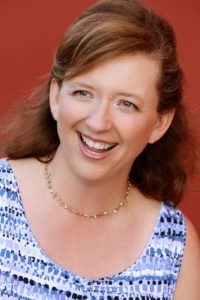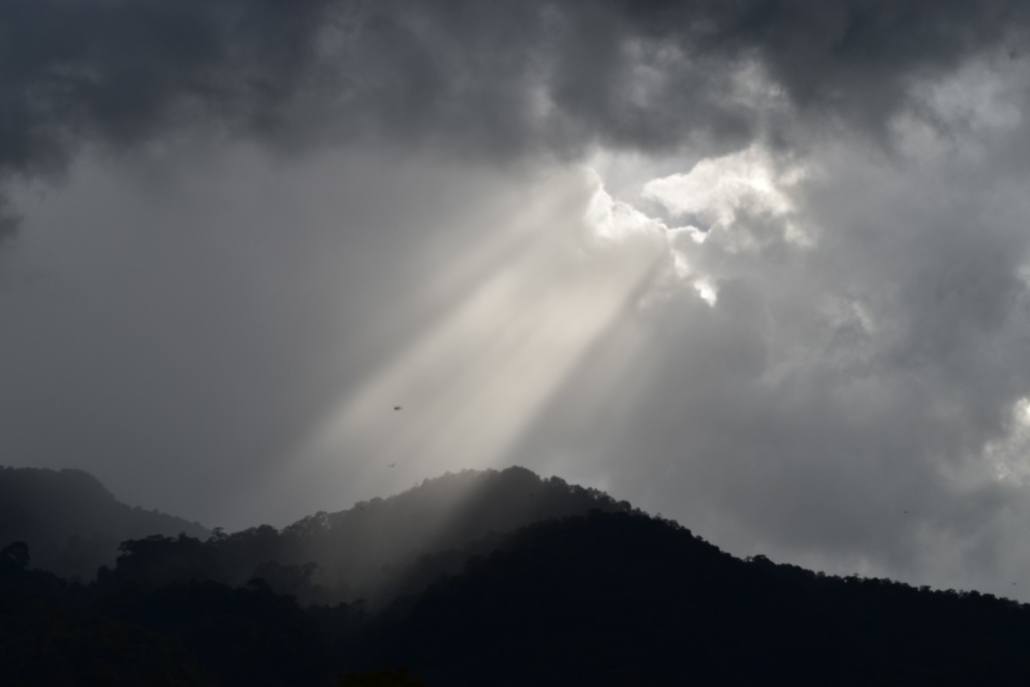
Calm among the chaos
As details continue to surface surrounding the rescue of the 12 young soccer players and their coach from miles deep within a set of interlocking waterways flowing between the jagged rocks of sea caves, we are learning that among other amazing aspects of this story, meditation likely played a key role in their more-than-a-fortnight’s survival under what were extremely perilous and life-threatening conditions.
This group having found themselves trapped miles away from their original entrance into the caves, it would be more than a week before anyone would locate them and provide food. And it would be another several days before the first of three sets of rescues could be made, eventually bringing all the boys and their coach to safety — out from the deep darkness and into the light above.
The cave divers and the meditating monk
The flood waters and threat of the impending monsoon season had kept them held captive as a group, huddled atop a small ledge above the water line, with little air and little food or other basic life-sustaining necessities. What they did have, was their Buddhist monk-trained coach who, it has been reported, led them through an ongoing practice of meditation. Meditation helped to calm their nervous systems and likely served to focus them on the possibilities of sustaining life rather than on the dread of extreme suffering or even possible death. It allowed them to reserve and extend their precious, seemingly limited resources.
They had each other. They had meditation. And they had an unending access to a depth of another kind – that of spiritual sustenance.
 None of this is to say, of course, that without the unparalleled coordination and carefully orchestrated efforts of the expert cave divers and other rescue volunteers and medical personnel, this group would have made it out safely. All the individuals involved with their rescue (including one former Thai navy Seal who lost his life) are due a profound debt of gratitude, respect, and honor. It’s beautiful to see all this humanity working together. It is also, however, to acknowledge that more than physics, technology, and biology were at work here. As the monk’s training and meditation exemplify, it was heart, mind and soul over matter. And it all mattered.
None of this is to say, of course, that without the unparalleled coordination and carefully orchestrated efforts of the expert cave divers and other rescue volunteers and medical personnel, this group would have made it out safely. All the individuals involved with their rescue (including one former Thai navy Seal who lost his life) are due a profound debt of gratitude, respect, and honor. It’s beautiful to see all this humanity working together. It is also, however, to acknowledge that more than physics, technology, and biology were at work here. As the monk’s training and meditation exemplify, it was heart, mind and soul over matter. And it all mattered.
Hearing their story reminded me of the quotation from Viktor Frankl in his book Man’s Search for Meaning. In describing the importance of maintaining a strong inner strength while being held captive in the concentration camps during World War II, he said that in spite of the severe, primitive conditions, those who survived the best were the ones who “were able to retreat from their terrible surroundings to a life of inner riches and spiritual freedom.” (Page 36, emphasis added).
Thankful for inner calm
One time while swimming in the Pacific Ocean off the coast of Southern California as a teenager, I found myself facing a near-death experience. Thankfully, the experience was quick and I emerged without any dire consequences. But, after swimming out in the ocean away from the beach, I was suddenly wrapped up in a set of cross-currents, and was being pummeled around under water pretty forcefully. I recall thinking that eventually I was going to run out of air, and saying to myself: “If it’s my time to die, this may be it.”
I thank in part my ability to remain calm and clear-headed. Instinctively, I (or my body, rather?) knew to preserve my breath and my strength while submerged in open water. I was fairly confident in that moment, that I could probably make it back to shore, if I could only determine which way was “up.” I released any resistance to the oncoming series of waves, and surrendered as eventually a big curling wave scooped me up and carried me up to the surface. If I had allowed myself to panic, at best I risked flailing around wasting precious breath; and at worst, I risked swimming in the completely wrong direction, going deeper and away from the surface rather than popping back up to the top and catching a fresh breath of air.
My experience, although potentially dangerous, was nonetheless brief. The extended period of time that the young soccer players and their coach faced deep within that set of sea caves, however, and their ability to remain that calm for that long, is nothing less than awe inspiring. It will be so illuminating to learn more about them as they fully recover in the days and weeks to come.
For your consideration:
If and when our conditions are suddenly such that we are stripped down to the barest of elements and a matter of basic survival, priorities become abundantly apparent. Choices to be made are brought into sharp focus. In those moments, it helps, I would say, to have a deeply contemplative practice already in place.
Okay, your turn:
When have you found yourself in a turbulent situation, and one where maintaining a sense of calm ended up serving you well? Has there been any other time you didn’t remain calm and wish that you had?
I invite you to SHARE your thoughts, feelings, and experiences by leaving a Reply in the Comments section, below. Soul-to-soul!

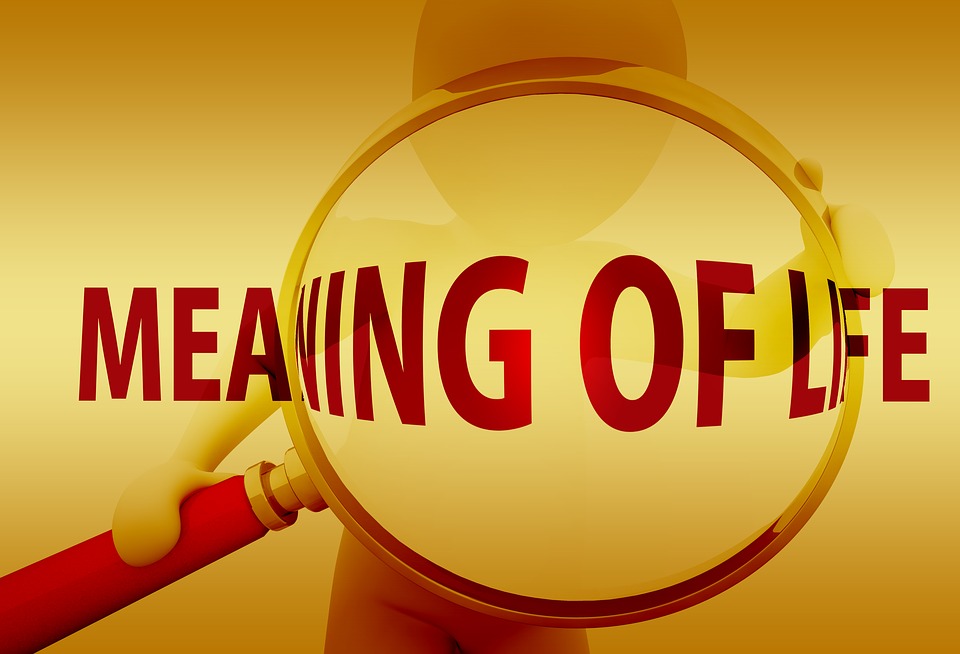
 It’s a particularly energetically charged time in the United States, as evidenced by recent politically volatile and even at times highly venomous and violence-infused protests, and counterprotests, resulting in understandable public outcries and feelings of despair and disbelief.
It’s a particularly energetically charged time in the United States, as evidenced by recent politically volatile and even at times highly venomous and violence-infused protests, and counterprotests, resulting in understandable public outcries and feelings of despair and disbelief. What if duality were no longer how we positioned things? What if we were to approach these political divides from a place of universality, instead? As humans, after all: We share the same air, bleed the same blood, shed the same tears.
What if duality were no longer how we positioned things? What if we were to approach these political divides from a place of universality, instead? As humans, after all: We share the same air, bleed the same blood, shed the same tears. water and other natural elements. Along the way, they are also building up their strength. It takes power to sprout up through the soil. It also takes durability for a seed to break through its outer coating or “shell.” So, it’s in essence an active, deliberate process. Once that seedling’s toughness has been established, it’s ready to emerge from under the ground and out through the surface. From there, it is ready to grow into its fullest expression.
water and other natural elements. Along the way, they are also building up their strength. It takes power to sprout up through the soil. It also takes durability for a seed to break through its outer coating or “shell.” So, it’s in essence an active, deliberate process. Once that seedling’s toughness has been established, it’s ready to emerge from under the ground and out through the surface. From there, it is ready to grow into its fullest expression. Allow me to clarify that this is not in any way intended to discredit the masculine. It’s merely an observation that the time has arrived where we’re seeing an uprising toward “tipping the scales” back a bit more toward symbiosis. The yin yang symbol itself, for example, represents this well, in my opinion. It’s a swirl of two mirror image shapes of the same size, embracing each other within the one circle. They complement rather than compete with one another. They hold each other in balance and securely in place.
Allow me to clarify that this is not in any way intended to discredit the masculine. It’s merely an observation that the time has arrived where we’re seeing an uprising toward “tipping the scales” back a bit more toward symbiosis. The yin yang symbol itself, for example, represents this well, in my opinion. It’s a swirl of two mirror image shapes of the same size, embracing each other within the one circle. They complement rather than compete with one another. They hold each other in balance and securely in place.

 The daughter points to it, and says:
The daughter points to it, and says: Perhaps you’ve heard the expression: “A rising tide lifts all boats”? It comes up in a number of contexts, from religious, to spiritual, to economic. In this edition of Soul Notes, we take heed in the idea that what serves one, serves all.
Perhaps you’ve heard the expression: “A rising tide lifts all boats”? It comes up in a number of contexts, from religious, to spiritual, to economic. In this edition of Soul Notes, we take heed in the idea that what serves one, serves all. I’ve stood on many a shoreline, getting in boats, and getting out of boats. The water is in motion, as are the boats as they float and bob, hither and thither, as we attempt to provide a steady hand to the boat and each other. Gently timed with the ever changing tide, I’ve coordinated with others to ensure the tide lifts the boat and us along with it. It helps to work synergistically with each other, and all the while honoring and respecting the natural flow of the tides. Doing it that way facilitates the embarking on our voyage as we head off and away from land’s end. Equally as beautifully, oneness and unity helps get us back onto terra firma in much the same fashion.
I’ve stood on many a shoreline, getting in boats, and getting out of boats. The water is in motion, as are the boats as they float and bob, hither and thither, as we attempt to provide a steady hand to the boat and each other. Gently timed with the ever changing tide, I’ve coordinated with others to ensure the tide lifts the boat and us along with it. It helps to work synergistically with each other, and all the while honoring and respecting the natural flow of the tides. Doing it that way facilitates the embarking on our voyage as we head off and away from land’s end. Equally as beautifully, oneness and unity helps get us back onto terra firma in much the same fashion.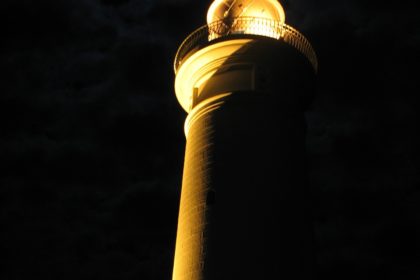 wisdom and principles where they may be of service to each of us living in today’s world, and particularly during this time of an evolving (albeit often challenging!) degree of consciousness.
wisdom and principles where they may be of service to each of us living in today’s world, and particularly during this time of an evolving (albeit often challenging!) degree of consciousness. Keeper of the light(house)
Keeper of the light(house)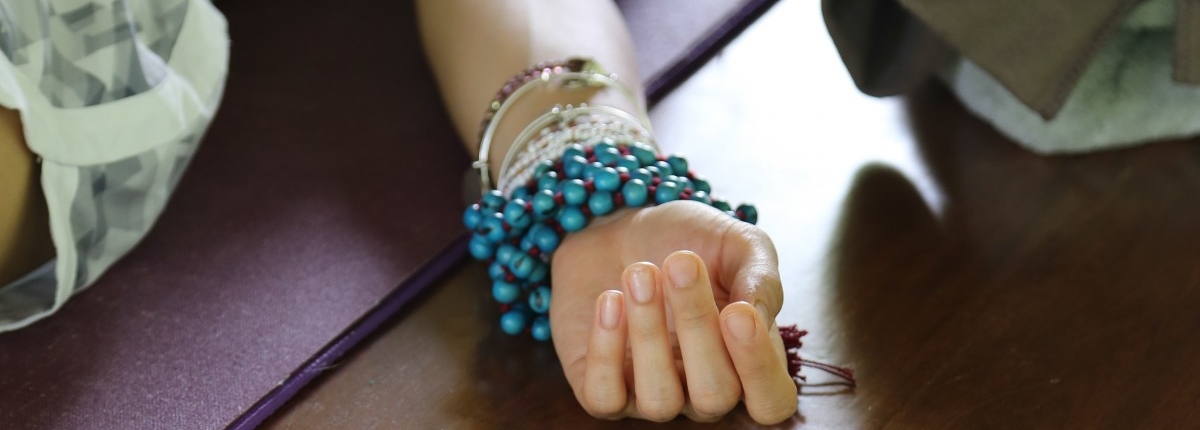 As my kundalini yoga teacher says, just “making it to the mat” may be the most important step in any consistent yoga practice.
As my kundalini yoga teacher says, just “making it to the mat” may be the most important step in any consistent yoga practice. Why the early morning hours? Known as the ‘ambrosia hours,’ the early morning hours signify when the world is quiet and fluid.
Why the early morning hours? Known as the ‘ambrosia hours,’ the early morning hours signify when the world is quiet and fluid.